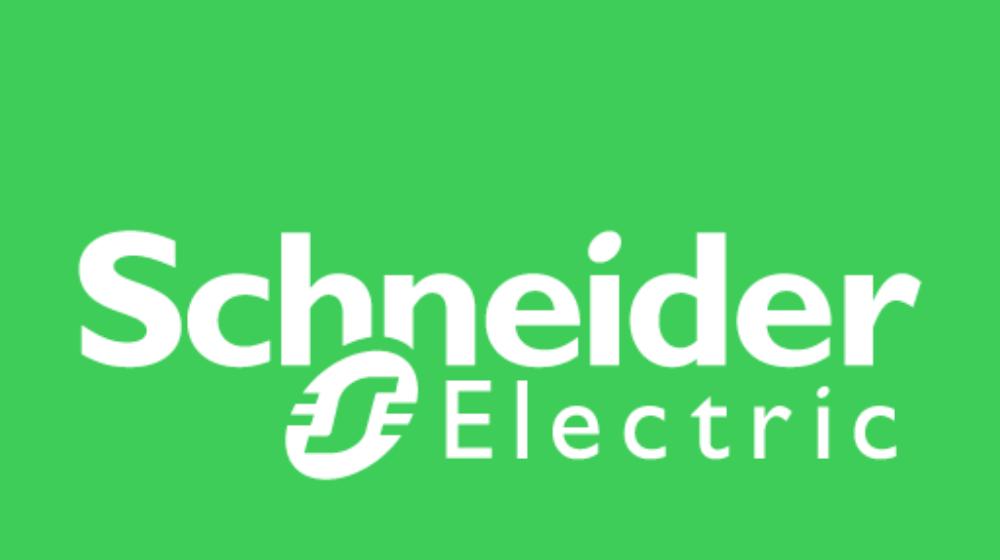By Nishan Baijnath, Systems Architect, Power Systems at Schneider Electric
8 January 2025,
Modernising power networks through digitisation and innovative technologies, such as Artificial Intelligence (AI) and machine learning (ML), is essential for utilities and municipalities to improve efficiency and manage the growing complexities of energy distribution.
A key element of this transformation is using advanced software, which serves as the backbone for integrating AI and ML into utility operations. However, the financial investment required for such a shift often poses a challenge.
By shifting from Capital Expenditure (CAPEX) models to Operational Expenditure (OPEX) frameworks, utilities can distribute costs over time through subscription-based payments for software, reducing the necessity for large upfront investments. This transition facilitates the gradual integration of advanced technologies into their operations, enhancing grid efficiency and reliability.
Large electrical utilities typically invest in enterprise-level software like Supervisory Control and Data Acquisition (SCADA), Advanced Distribution Management Systems (ADMS) and Outage Management Systems (OMS) to operate their networks. Historically, this software was provided through perpetual licenses, where the utility would pay an upfront fee and own the license indefinitely, similar to how Microsoft Office used to be sold.
Significant CAPEX
However, this perpetual license model required significant CAPEX from the utilities to purchase and maintain these software systems. These perpetual license models usually include maintenance and support contracts with the software vendors, adding to the ongoing OPEX for the utility.
The upfront cost for deploying a typical OMS system can start around R25 million, depending on the level of implementation. This does not include the additional costs for maintenance and support contracts, or the associated hardware costs required to run the software. The significant capital investment required for these enterprise software systems is therefore not easily manageable for municipalities and other utility providers to pay upfront.
In recent years, the software industry has shifted towards a subscription-based model, where customers no longer own the platform, but rather "rent" or subscribe to the use of the platform for a certain duration. As such, the ADMS, OMS and SCADA applications that utilities use have similarly shifted towards this subscription-based or Software-as-a-Service (SaaS) model, rather than the traditional perpetual license model.
Beyond the financial considerations of software deployment, the subscription-based model is also key to facilitating the modernisation of utility networks. For example, an ADMS generates a lot of real-time data about the network and to leverage this data and apply ML and AI analytics, utilities with on-premises software solutions need to push the data to the cloud.
Easier to analyse
However, with a SaaS model, the data already resides in the cloud, making it easier to apply AI and ML to analyse network behaviour and conditions. This cloud-based, SaaS approach enables utilities to more readily leverage advanced analytics and insights to better inform their operational decisions and improve network management.
Additionally, by leveraging the OPEX model and cloud-based platforms, utilities can gain access to innovative capabilities around energy trading and management, as they can invest in solutions that enable them to trade energy based on time-of-day usage patterns.
This allows utilities to optimise when they produce, generate, consume or store energy, leveraging the flexibility and insights provided by the platform. The OPEX model supports this type of innovation and flexibility around energy management and trading, which was more difficult to achieve with traditional capital-intensive, on-premises software deployments.
Ultimately, the move from CAPEX to OPEX models impact utilities’ balance sheets by reducing the high expenditure associated with capital-intensive projects. The OPEX model, through SaaS, can help a utility's finance team better manage its cash flow while also reducing the reliance on an internal IT team to maintain and support enterprise software systems. This allows the utility to focus more on its core operations of keeping the lights on, rather than having to dedicate resources to maintaining the software systems.
Ends.
About Schneider Electric
Our mission is to be the trusted partner in Sustainability and Efficiency.
We are a global industrial technology leader bringing world-leading expertise in electrification, automation and digitization to smart industries, resilient infrastructure, future-proof data centers, intelligent buildings, and intuitive homes. Anchored by our deep domain expertise, we provide integrated end-to-end lifecycle AI enabled Industrial IoT solutions with connected products, automation, software and services, delivering digital twins to enable profitable growth for our customers.
We are a people company with an ecosystem of 150,000 colleagues and more than a million partners operating in over 100 countries to ensure proximity to our customers and stakeholders. We embrace diversity and inclusion in everything we do, guided by our meaningful purpose of a sustainable future for all.



